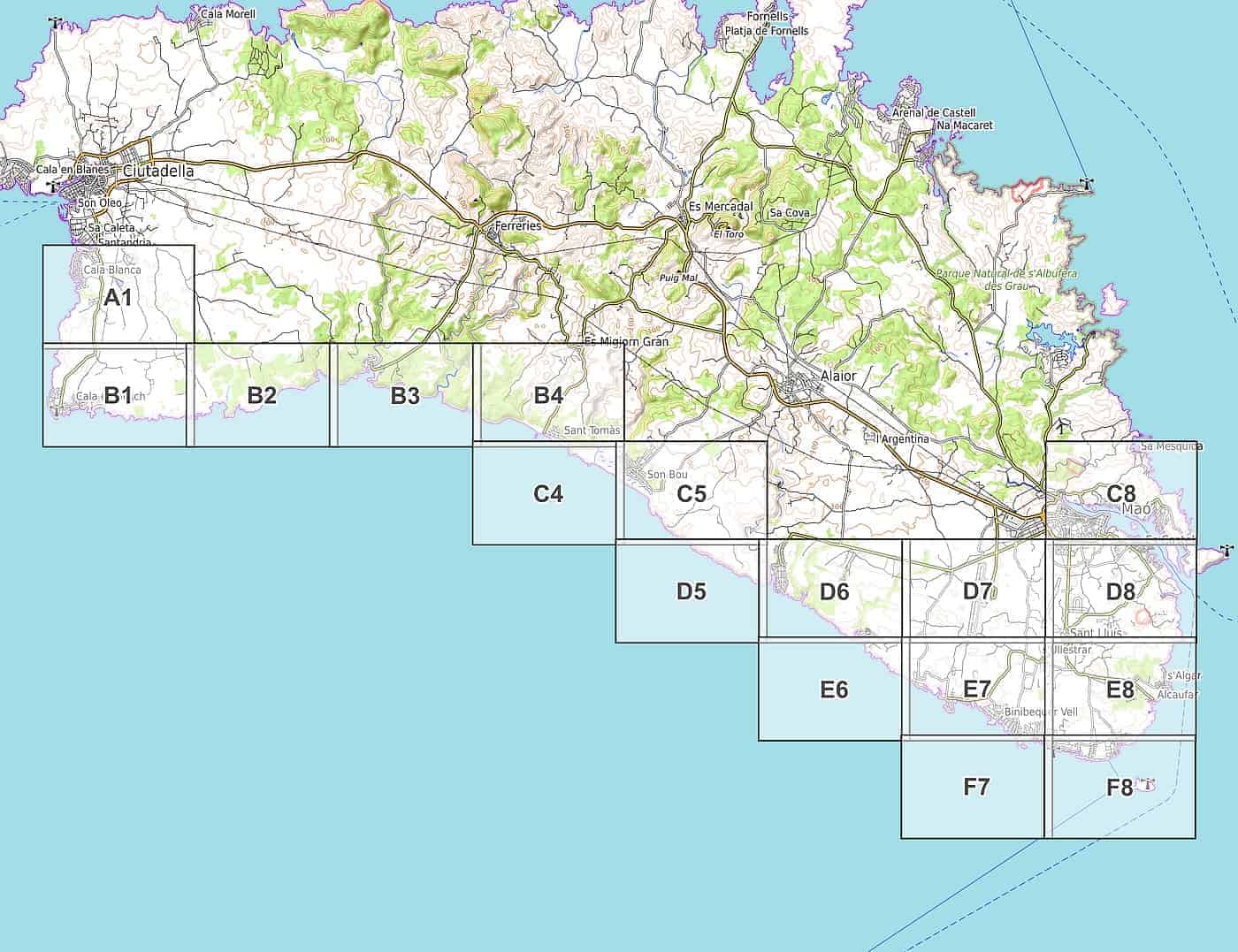The Role and Importance of Maps in Today’s Society

The Significance of Maps
Maps have long been essential tools for navigation, understanding geography, and planning logistics. In today’s world, where technology governs much of our daily lives, the importance of maps has evolved to encompass not just physical navigation but also digital representation and data analysis.
Evolution of Mapping Technology
The transition from traditional paper maps to digital and interactive online maps has transformed how we perceive and use geographical information. Platforms like Google Maps and Apple Maps have made navigation more accessible, providing real-time traffic data, estimated travel times, and even satellite imagery. This evolution has not only made it easier for individuals to find routes but has also changed how businesses manage logistics, optimize routes, and understand market locations.
Maps in Global Contexts
Maps serve various purposes beyond personal navigation. In an era of globalisation and increasing interconnectivity, they are vital for cultural education, urban planning, disaster response, and environmental management. For instance, during emergencies like natural disasters, maps inform rescue operations, helping to identify affected areas. Furthermore, they play a crucial role in biodiversity conservation by visualizing and analysing ecosystems.
The Social and Political Relevance of Maps
Maps can also embody social and political significance. They often reflect power dynamics and can be used to assert territorial claims or international boundaries. With issues like climate change and migration, maps contribute to discussions about resource allocation and policy making. Mapping technologies now allow for the visualization of social issues, aiding in awareness campaigns and policy advocacy.
Conclusion
In conclusion, maps have evolved from simple navigational aids to complex tools integral to modern society’s functioning. Their significance spans across diverse fields, impacting how we navigate, plan, and understand our environment. As technology continues to advance, the role of maps is expected to grow even more, intertwining with data analytics and artificial intelligence, thus providing more sophisticated and multifaceted insights about our world. Understanding and utilising maps effectively will remain a critical skill in navigating our increasingly complex world.
